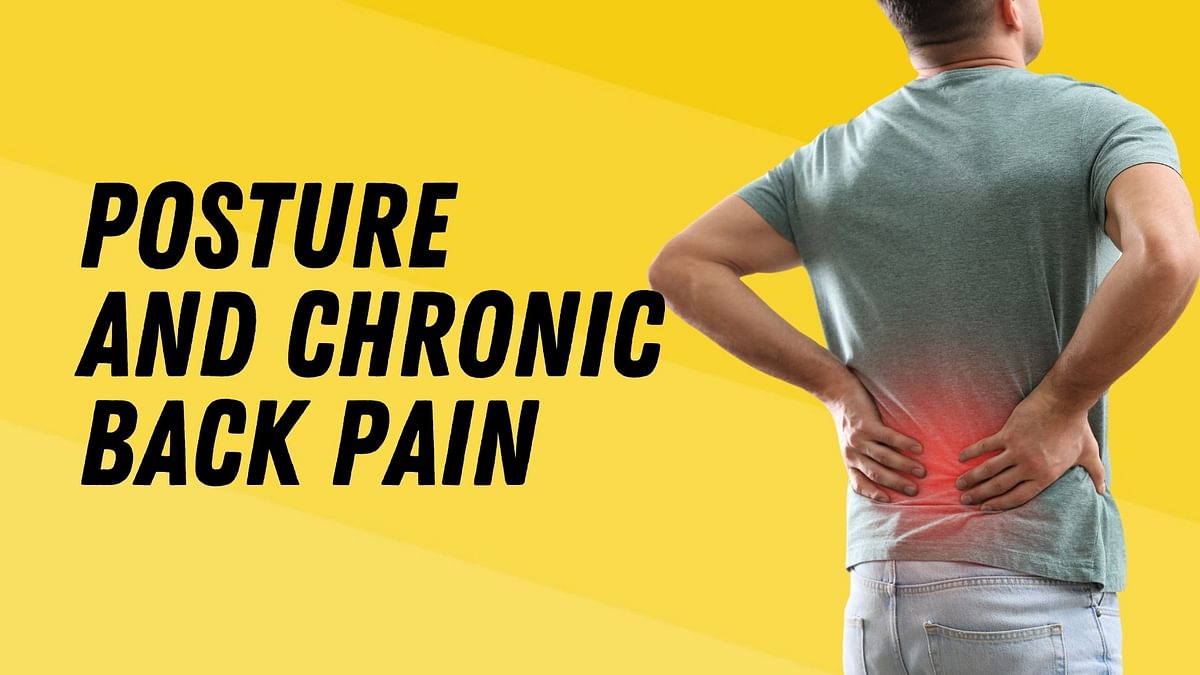
Chronic back pain is a pervasive issue that affects millions of people worldwide. It’s a complex condition with various contributing factors, one of which is posture. Poor posture can lead to or exacerbate chronic back pain, creating a cycle that’s hard to break. This blog post explores the connection between posture and chronic back pain and offers insights into how improving posture can alleviate pain and enhance quality of life.
Understanding Posture
Posture refers to the alignment of the body’s parts in relation to each other and to gravity. Good posture means maintaining the body in a position that places the least strain on muscles and ligaments, whether sitting, standing, or moving. Proper posture keeps the bones and joints in correct alignment, reducing the likelihood of wear and tear and promoting efficient muscle use.
The Impact of Poor Posture
Poor posture can have several negative effects on the body, particularly the back. When we slouch or hunch over, the spine is not in its natural alignment, leading to imbalances and increased strain on certain muscles and ligaments. Over time, this can result in:
• Muscle fatigue and weakness
• Increased tension in the neck and shoulders
• Misalignment of the vertebrae
• Compression of spinal discs, potentially leading to herniation
• Impaired blood flow and nerve function
Posture and Chronic Back Pain
Chronic back pain often arises from a combination of factors, including injury, age-related changes, and lifestyle habits like poor posture. When the spine is consistently out of alignment, it can lead to chronic muscle strain, ligament sprain, and even structural changes in the spine. These issues can cause persistent pain and discomfort, which may become chronic if not addressed.
Improving Posture to Alleviate Pain
Improving posture can be a key element in managing and reducing chronic back pain. Here are some strategies to enhance posture:
• Awareness: Become conscious of your posture throughout the day, making adjustments as needed.
• Ergonomics: Set up your workspace to support good posture, with a chair that provides proper lumbar support and a desk at the right height.
• Exercise: Strengthen the core muscles that support the spine, including the abdominals and back muscles.
• Stretching: Incorporate regular stretching to maintain flexibility and reduce muscle tension.
• Professional Help: Check out Chris Janke's program at www.ChrisJanke.com/24.
Conclusion
The connection between posture and chronic back pain is clear. By understanding the importance of good posture and taking steps to improve it, individuals can make a significant impact on their back health and overall well-being. Remember, small changes in daily habits can lead to big improvements in pain management and quality of life.
Improving posture is a journey, and it’s never too late to start. By paying attention to how we sit, stand, and move, we can take control of our back health and work towards a pain-free life.
Chris Janke has dedicated his career to helping people eliminate chronic back pain.


